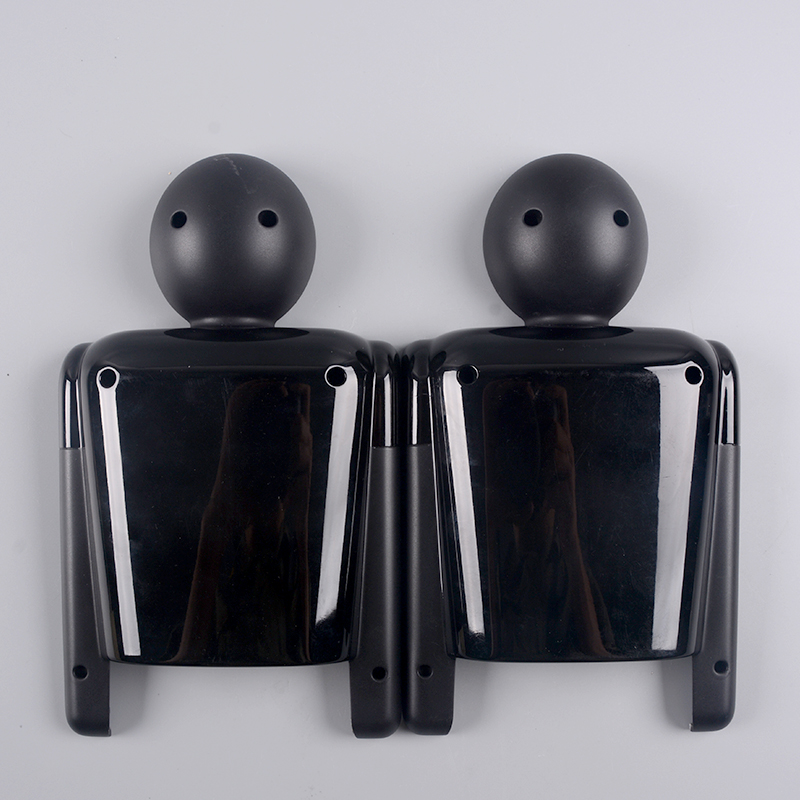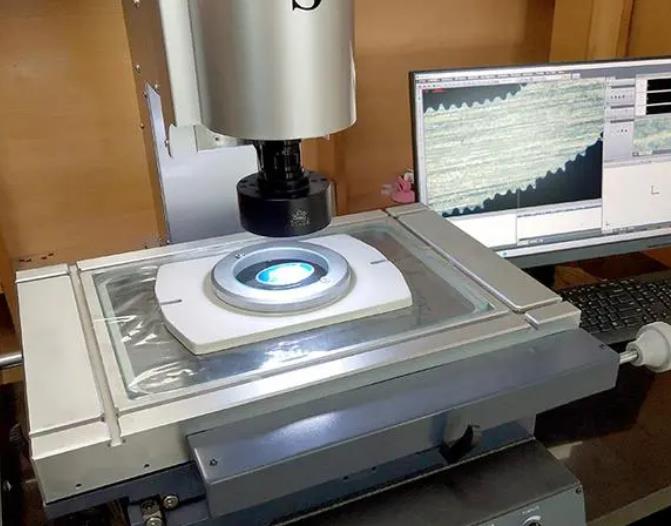Surface roughness, also known as surface finish or surface texture, is a critical feature that can distinguish a rough looking prototype from a polished finished product. In this article, we’ll explain what surface roughness is, how it’s measured, and identify some typical finishes to showcase what can be accomplished with CNC machining, and when post-processing is needed.
What is Surface Finish?
So, what exactly is surface finish and why is it so important? Often, surface finish is a concern for cosmetic reasons, as smooth surfaces tend to appear more attractive. But surface finishes also have many practical uses. Rough surfaces have a higher coefficient friction which, in turn, causes increased wear and requires additonal lubrication between parts. With friction comes heat and material loss, which ultimately impacts the life of your products. Not only that, but a smoother surface finish is also superior to rough surfaces finishes in terms of sealing properties.
As surface roughness is such a critical feature, you cannot rely on vague definitions such as “rough” and “smooth.” There are more specific ways to describe a finish which utilze the three types of characteristics that define surface finish: roughness, waviness, and lay.
Surface Roughness, Waviness, and Lay
Surface roughness refers to the micro indications or irregularities over a set length and is characterized by the height of the peaks and valleys. As mentioned above, this feature is not only important from a cosmetic standpoint, but it also has significant effects on the properties of the product itself. Here are some reasons for a closely-controlled surface roughness requirement:

Waviness is a more macro view of these surface effects and is a measurement of the flatness of a surface, instead of the roughness of a surface. Waviness is outside the scope of this article, but it is also a critical feature that must be accounted for when considering the overall properties of surface finish.
Lay is the direction at which the surface pattern is observed. An easy way to visualize the lay is looking at the direction of the machining or sanding marks on the part. For example, if you use a circular grinder on a surface of a cylinder, the grind marks follow a circular pattern, or, in other words, have a circular lay. Lay not only directly impacts the cosmetic appearance of a surface, but can also provide physical advantages such as increased sealing capability. For example, a circular lay for a metal-to-metal circular flange interface helps seal at the micro level due to the direction of the micro indications on the surface.
Measurement methods
So, now you know what surface roughness is, but how do you measure it? It is all about averages! Imaging looking at a surface cross-section through a microscope — there are peaks and valleys rising and falling over a relative plane. Surface roughness measures the average of the peaks and valleys over a specified measurement length. As you can imagine, this requires extremely sensitive equipment to determine these micro material undulations.
